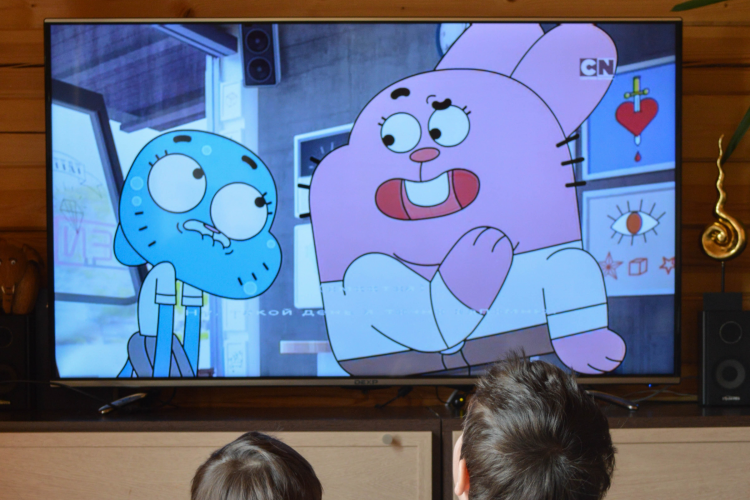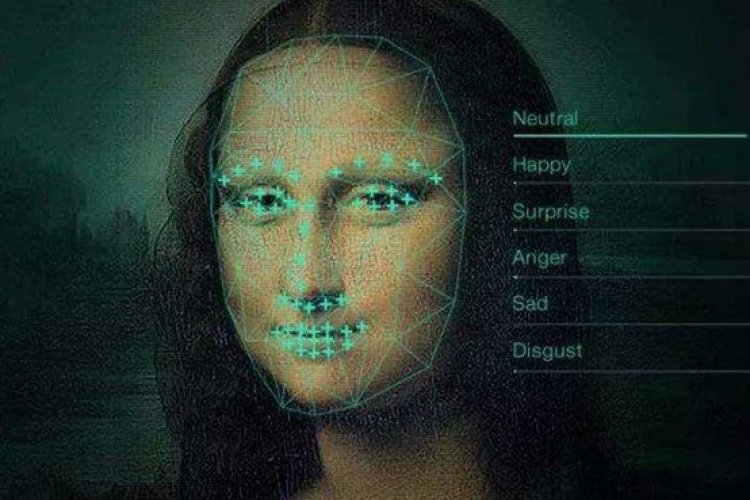Companies Increasingly Accept and Cash In On China’s Underground Anime Culture
This post comes courtesy of our content partners at TechNode.
Bilibili might be a lesser-known name for those who are not interested in the ACG (animation, comics, and games) culture or for those who live outside of China, but its impact on the Middle Kingdom is obvious: the site's number of total monthly active users is on par with that of Pinterest, especially with young demographics now commanding more mainstream influence over the past few years.
Bilibili, widely known as “B Station” (b站 in Chinese), is the spiritual home for Chinese ACG fans. Founded by Xu Yi in 2009, the site models itself on the early days of Japanese ACG video portal Niconico with its integration of danmu (弹幕, “bullet screen” in English or “danmaku” in Japanese), a feature that allows viewers to plaster the screen with instant comments that move from left to right.
READ: Foreign Video Content Purged From Streaming Sites AcFun and Bilibili
The rise of B Station finds its root in the spread of “2D culture” in China, characterized by fans who develop a strong attachment to 2D characters in cartoons, tradeable cards, comics, games, and youth novels. In 2015, iResearch estimated that this community had reached 219 million people.
Influenced by this underground trend, China’s mainstream culture is embracing a more open attitude toward content generated by 2D fans. The concept – people freely entertaining each other as an anonymous collective, akin to 9GAG – is gradually being adopted by broader society. For example, an autotuned remix of a Lei Jun’s speech and other memes created on B Station have recently gone viral.
The mainstreaming of 2D culture underlines a great demographic shift as China’s post-'80s and post-'90s groups – both highly-educated digital natives – are coming of age, giving the marginalized ACG culture a demographic dividend. According to data from the company, the average user age is 17 years old, with 75 percent of users being under the age of 24.
China's millennials are growing into independent consumers, bringing their tastes and wallets with them. And it’s no surprise that the latest fads among Chinese youths are already changing the way brands behave.
Among a hall full of teenage elves and fantasy warriors at Bilibili World last week, we found booths for a roster of international brands from KFC, Nike, and Maybelline to Kotex. However, these outlets are somewhat different from what you could find in downtown shopping malls.
In the Nike demo zone, cartoon characters replace NBA stars to show off Nike sneakers. Feminine hygiene brand Kotex turns its booth into a Japanese-style temple where visitors can wish for good luck during periods or whatever they want. (We are still wondering why this booth was so popular with the boys).
KFC continues its partnership with Bilibili after a joint live-stream marketing company last year when two anime-styled girls competed to eat 50 pieces of fried chicken. Over 200,000 users watched them in real time.
READ: Bilibili Stars Bypass China’s Fame Machine
The brands are still finding their approaches in marketing to this special group. “On the first day of the show, Maybelline’s booth was basically a typical representation of their department store versions. They became more popular in the following shift when helping cosplayers freshen up their makeup,” said Yang Liang, Bilibili’s marketing and PR head.
What we saw at Bilibili World is just a part of China’s efforts in co-opting manga and animation as marketing tools. Xiaomi launched a limited edition of its Redmi Note 4, dedicated virtual idol Hatsune Miku, complete with accessories adorned with Miku’s color scheme. Alibaba’s e-commerce website T-mall was heavily decorated with manga-style artwork to help boost sales in the lead-up to the Chinese New Year in 2016.
Even government entities are attempting to reach the younger demographic with 2D appeal. China’s Central Communist Youth League established its presence on Bilibili to better propagate its message, and the Chinese Ministry of Foreign Affairs used cartoon figures to add flavor to their public WeChat account posts.
Image courtesy of China Film Insider








